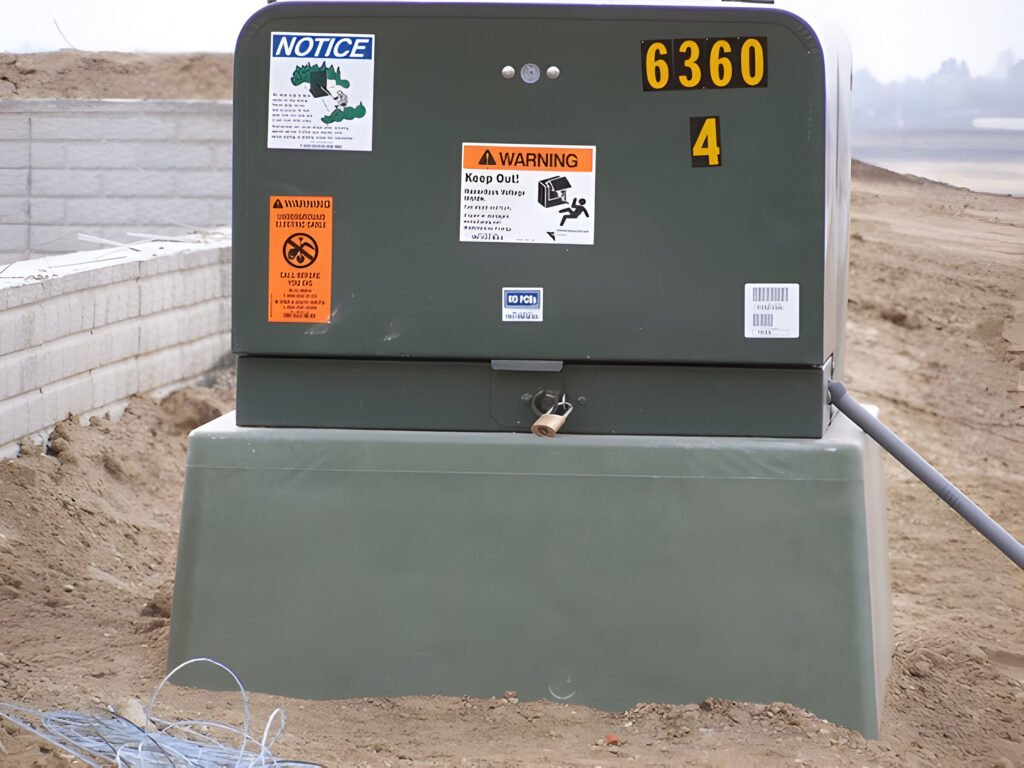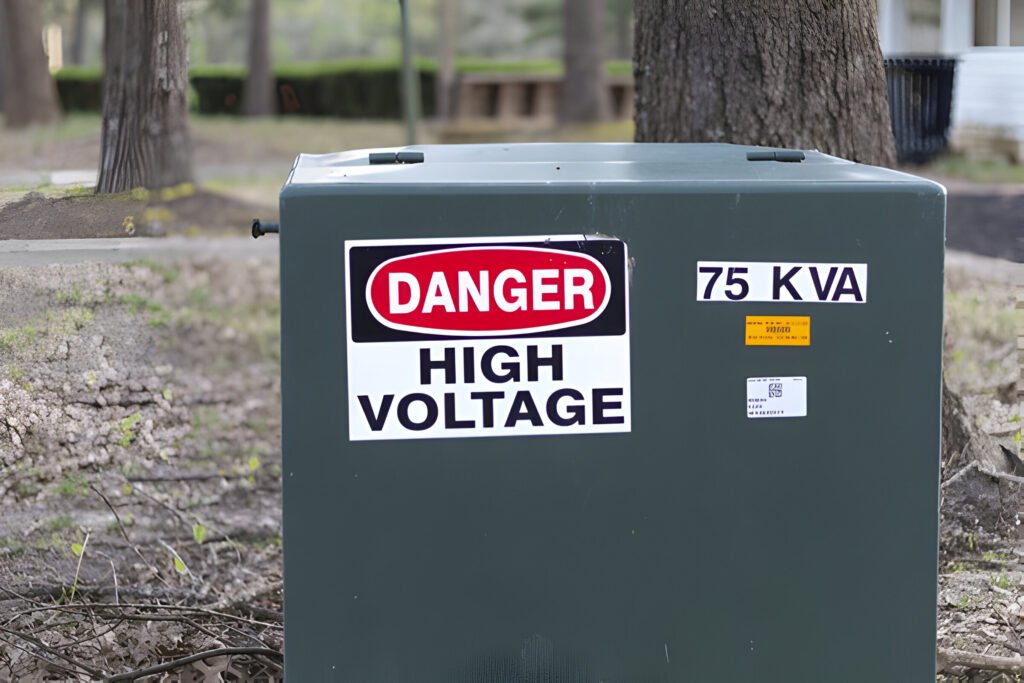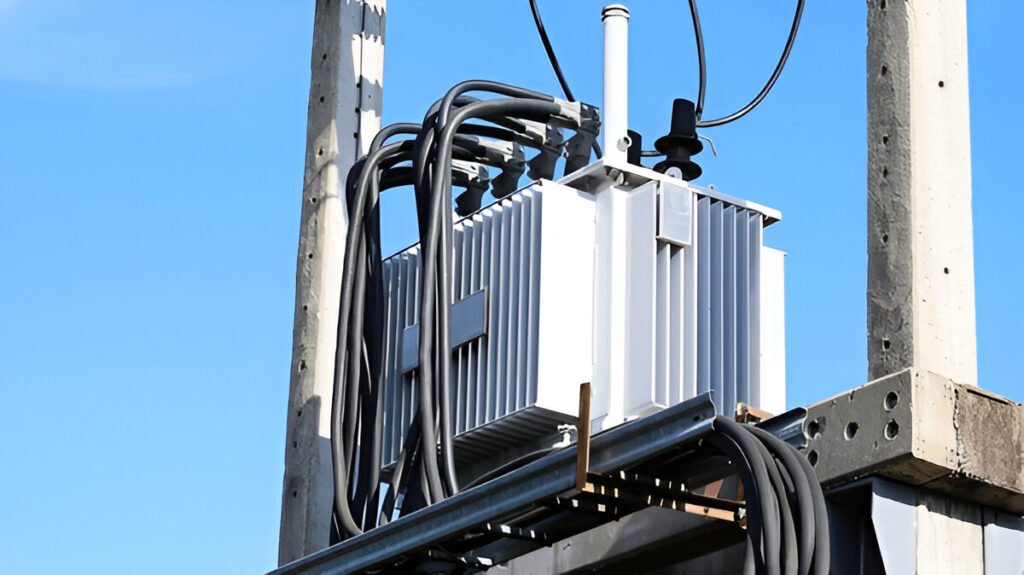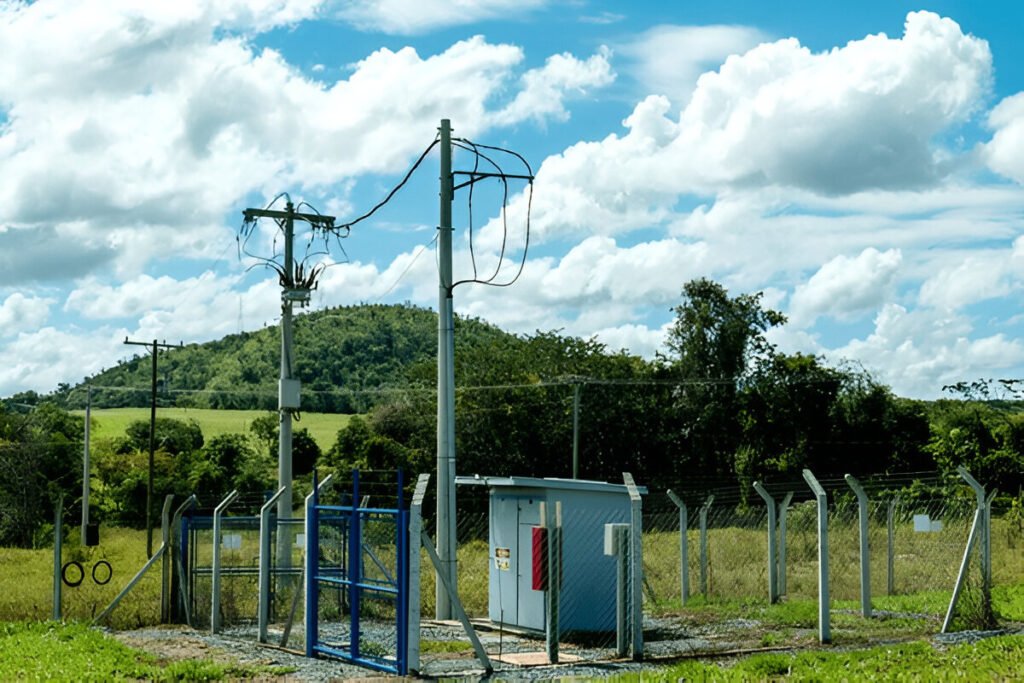What Is a Single-Phase Pad-Mounted Transformer
Single-phase pad-mounted transformers are a crucial component in the electrical distribution infrastructure, enabling the efficient transmission of power to residential and commercial areas. These transformers are designed to step down high-voltage electricity from the utility grid to a lower voltage suitable for use in homes and businesses.
Pad-mounted transformers are named for their installation method, as they are mounted on a concrete pad at ground level, making them easily accessible for maintenance and repair. In this blog post, we will delve into the intricacies of single-phase pad-mounted transformers, exploring their construction, functionality, and applications in the modern electrical grid.

Basic Concept and Design
What is Single-Phase Pad-Mounted Transformer
A single-phase pad-mounted transformer is a type of distribution transformer designed for outdoor installation on a concrete pad. These transformers are commonly used in residential and light commercial applications to step down high-voltage electricity from the utility grid to a lower voltage suitable for consumer use.
Single-phase pad-mounted transformers typically handle power ratings ranging from 15 to 250 kVA and are capable of converting primary voltages of 2400-19,920 V to secondary voltages of 120-600 V.
Key Components of Single-Phase Pad-Mounted Transformer
- Tank: The transformer’s core and coils are housed within a sturdy, corrosion-resistant tank, often made of stainless steel.
- High-Voltage Bushings: The primary coil is connected to high-voltage bushings, which serve as the interface between the transformer and the incoming high-voltage power cables.
- Low-Voltage Bushings: The secondary coil is connected to low-voltage bushings, which provide the interface for outgoing low-voltage power cables.
- Tap Changer: Many single-phase pad-mounted transformers include a tap changer, which allows for minor adjustments to the transformer’s output voltage.
- Pressure Relief Device: To ensure safe operation, pad-mounted transformers are equipped with a pressure relief device. This component prevents excessive pressure buildup within the tank, which can occur due to internal faults or abnormal operating conditions.
- Liquid Level Gauge: As pad-mounted transformers are typically oil-filled, they include a liquid level gauge that enables monitoring of the insulating oil level.
Technical Specifications
Power Ratings
The power rating of a single-phase pad-mounted transformer refers to its capacity to handle electrical loads. These transformers typically have a power rating range of 15 to 250 kVA (kilovolt-amperes).
For residential areas and light commercial use, lower power ratings are often sufficient, while industrial power distribution may require higher ratings.
Voltage Ratings (Primary and Secondary)
Single-phase pad-mounted transformers have both primary and secondary voltage ratings. The primary voltage is the input voltage supplied to the transformer, while the secondary voltage is the output voltage that the transformer delivers to the connected electrical load.
Primary voltage ratings for single-phase pad-mounted transformers typically range from 2400 to 34,500 volts. The most common primary voltages are:
- 2400-19,920 V
- 2400-14,400 V
Secondary voltage ratings, on the other hand, are typically lower and range from 120 to 600 volts. The most common secondary voltages are:
- 120/240 V
- 240/480 V
- 277/480 V

Working Principle
The core working principle of a single-phase pad-mounted transformer is electromagnetic induction and step-down voltage transformation. The transformer consists of two sets of windings, the primary and secondary coils, wound around a laminated steel core. The primary coil is connected to the high-voltage single-phase power source, while the secondary coil supplies the reduced voltage to the distribution network.
As alternating current (AC) flows through the primary coil, it creates a magnetic field in the core. This fluctuating magnetic field induces an electromotive force (EMF) in the secondary coil, generating an output voltage proportional to the ratio of the number of turns in the primary and secondary windings. By designing the transformer with fewer turns in the secondary coil compared to the primary, the voltage is effectively stepped down to the desired level, typically 120-600 V, suitable for residential and light commercial applications.
Advantages of Single-Phase Pad-Mounted Transformer
- Compact Design and Low Profile: Single-phase pad-mounted transformers feature a compact, low-profile design that makes them ideal for installation in residential areas and other space-constrained locations. Their smaller footprint compared to pole-mounted transformers allows for easier placement and a more aesthetically pleasing appearance.
- Weather Resistance and Durability: These transformers are constructed with durable materials and coatings, such as stainless steel units and tank coatings, to withstand harsh environmental conditions. They are designed to resist corrosion, moisture, and other weather-related challenges, ensuring reliable performance and extended service life.
- Safety Considerations: Single-phase pad-mounted transformers prioritize safety with tamper-resistant and dead-front designs. The high-voltage components are enclosed within a secure metal cabinet or box, preventing unauthorized access and reducing the risk of electrical hazards. Additionally, these transformers often include features such as built-in fuses, pressure relief devices, and surge arresters to enhance overall safety.
- Flexible Connectivity Options: Single-phase pad-mounted transformers offer versatile connectivity options to accommodate different installation requirements. They can be equipped with various bushing configurations, such as loop feed or radial feed, and can accommodate a range of primary and secondary voltage levels.
- Reliability and Low Maintenance: These transformers are engineered for reliability and minimal maintenance requirements. They undergo rigorous testing and quality control processes to ensure consistent performance and long-term durability.
- Cost-Effective Solution: Single-phase pad-mounted transformers offer an economical design that balances performance, durability, and cost-effectiveness. Their compact size reduces material and installation costs compared to larger three-phase units, making them a suitable choice for applications with lower power demands.
Applications of Single-Phase Pad-Mounted Transformer
- Residential Areas: Single-phase pad-mounted transformers are commonly used in residential power distribution systems. They step down the primary voltage from the utility poles to the secondary voltage suitable for residential use, typically 120/240V.
- Light Commercial Use: Single-phase pad-mounted transformers are also employed in light commercial applications, such as small businesses, strip malls, and office buildings. They provide the necessary power for lighting, HVAC systems, and other electrical equipment while maintaining a low profile and minimizing the visual impact on the surrounding area.
- Underground Power Distribution Systems: Single-phase pad-mounted transformers are essential components in underground power distribution systems. They are designed to be buried in the ground, with only the access panel visible above the surface.
- Remote Locations: In remote locations where three-phase power is not readily available, single-phase pad-mounted transformers provide a reliable and cost-effective solution for power distribution. These transformers can be easily installed and maintained, ensuring a stable power supply to isolated areas, such as rural communities, farms, and remote industrial sites.
- Backup Power Systems: Single-phase pad-mounted transformers can be used to step down the voltage from generators or other alternative power sources to supply electricity to critical loads during power outages or emergencies.
- Temporary Power Supply: Single-phase pad-mounted transformers are often used to provide temporary power supply during construction projects, outdoor events, or emergency situations.

What Is the Difference Between Single-Phase and Three-Phase Pad-Mounted Transformer
Power Distribution: Single-Phase vs. Three-Phase
Single-phase pad-mounted transformers are designed for residential and light commercial applications, providing power at 120-600 V secondary voltage.
Three-phase pad-mounted transformers are used in commercial and industrial power distribution systems, offering 208Y/120 V, 480Y/277 V, or other three-phase configurations.
Single-phase transformers have one primary coil and one secondary winding, while three-phase transformers have three sets of primary and secondary windings.
Capacity and Size Differences
The capacity of single-phase pad-mounted transformers typically ranges from 15 to 250 kVA, suitable for residential and small commercial loads.
Three-phase pad-mounted transformers offer higher capacities, often from 45 to 2500 kVA or more, to accommodate the greater power demands of larger commercial and industrial facilities. As a result, three-phase transformers are generally larger and heavier than their single-phase counterparts.
Connection Types and Bushing Configurations
Single-phase pad-mounted transformers use single-phase power and are equipped with bushing wells and elbow connectors for connecting primary and secondary cables.
Three-phase pad-mounted transformers utilize three-phase power and feature multiple bushing configurations, such as Delta or Wye. They may also incorporate additional accessories like surge arresters and tap changers.
Cost and Efficiency Considerations
Due to their simpler design and smaller size, single-phase pad-mounted transformers are generally more cost-effective than three-phase units.
However, three-phase transformers offer improved efficiency and better voltage regulation under varying load conditions.



